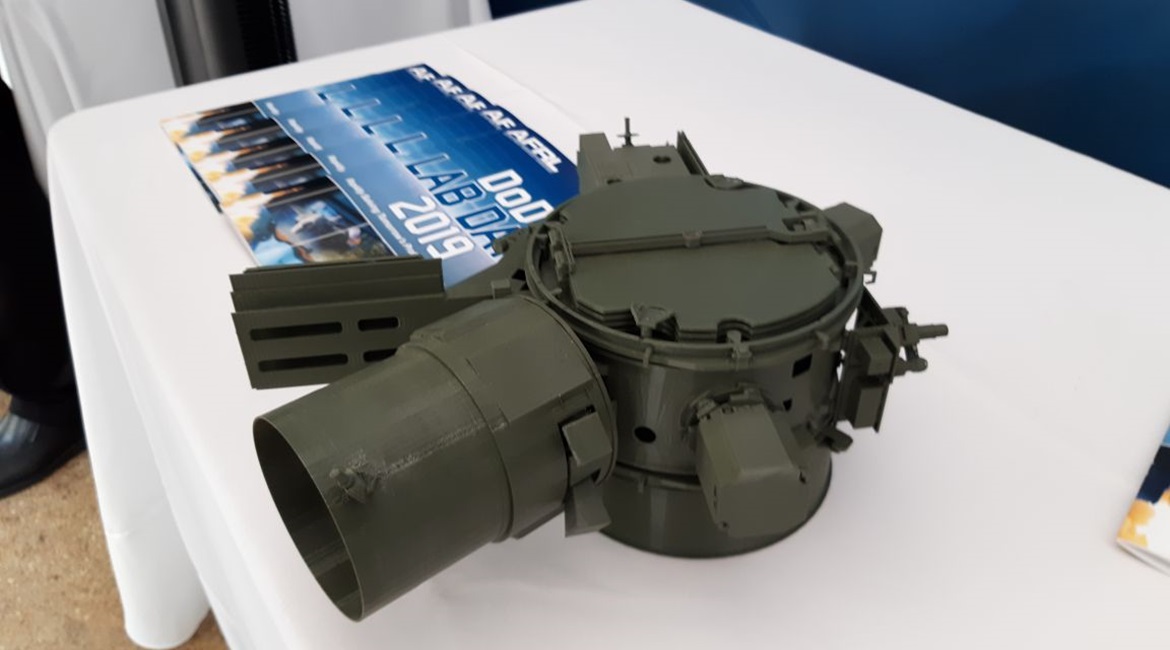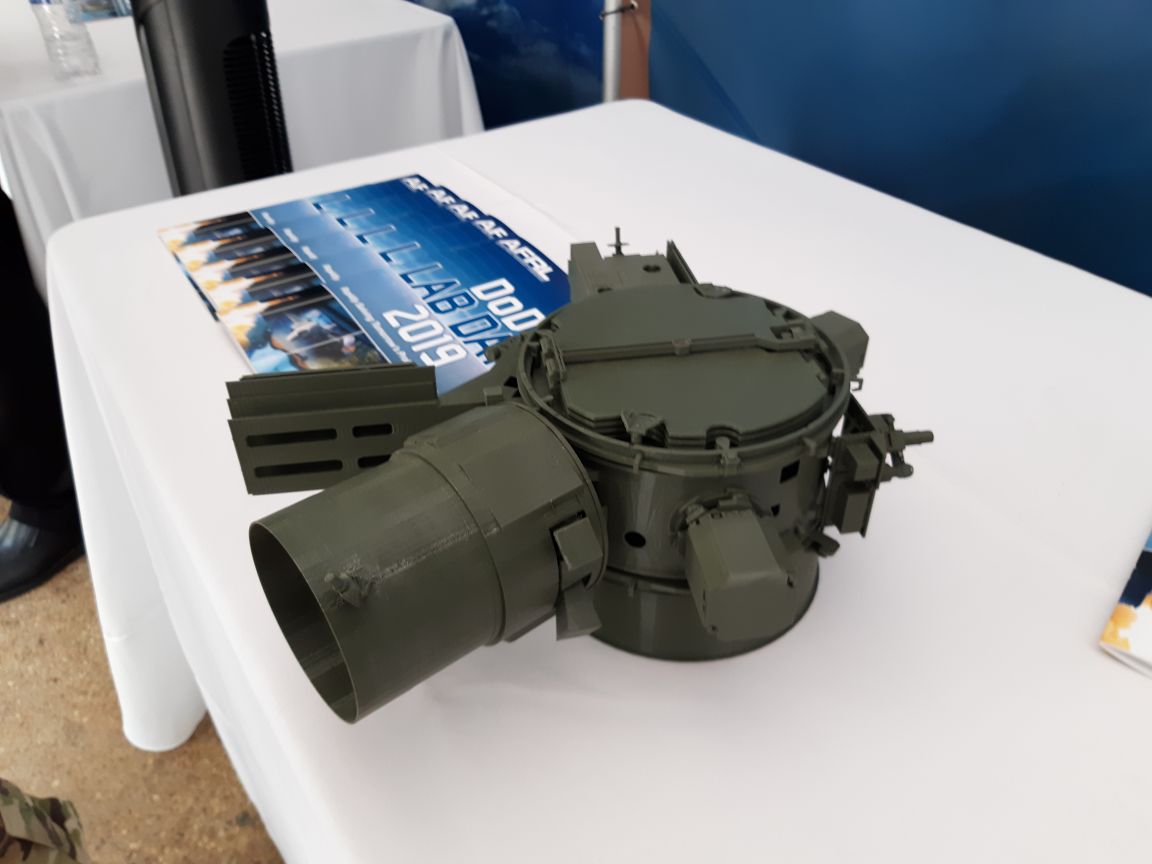
The US Air Force (USAF) has developed an ‘ESPA’ ring that is traditionally used to attach secondary payloads to upper stages on space launches and turned it into a completely independent and functional satellite.
The Evolved Expendable Launch Vehicle (EELV) Secondary Payload Adapter (ESPA) Augmented Geosynchronous Laboratory Experiment (EAGLE) not only increases the number of satellites that can be put into space on a single launch, but its on-board chemical thruster propulsion capabilities also allow it to move its satellites to desired orbits, Captain Chris Tommila, EAGLE chief engineer, told Jane’s on 25 April at the Pentagon’s 2019 Lab Day.
Brian Weeden, director of programme planning at Secure World Foundation, told Jane’s on 25 April that the propulsion capabilities make EAGLE unique. While normal ESPA rings are usually simply places to attach secondary payloads to an upper stage, Weeden said EAGLE can separate from the upper stage, manoeuvre and operate on its own, then independently deploy the satellites attached to it. Capt Tommila said EAGLE can launch spacecraft larger than CubeSats and on the smallsat level.

The Air Force Research Laboratory’s (AFRL’s) ESPA Augmented Geosynchronous Laboratory Experiment (EAGLE) on display at the Pentagon’s Lab Day on 25 April 2019. EAGLE’s propulsion capability turns it from a simple ESPA ring into a fully functioning satellite. This model is not to scale. (IHS Markit/Pat Host)
EAGLE was launched in April 2018 on the Air Force Space Command-11 (AFSPC-11) mission and has been on orbit for roughly one year. One of EAGLE’s missions is to demonstrate a manoeuvrable ESPA-based space vehicle design that allows six or more deployable, or hosted, spacecraft in geosynchronous orbit.
Looking to read the full article?
Gain unlimited access to Janes news and more...




